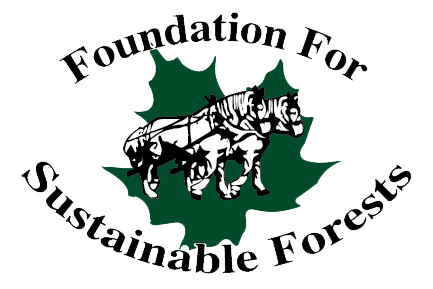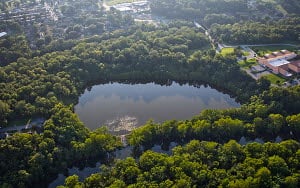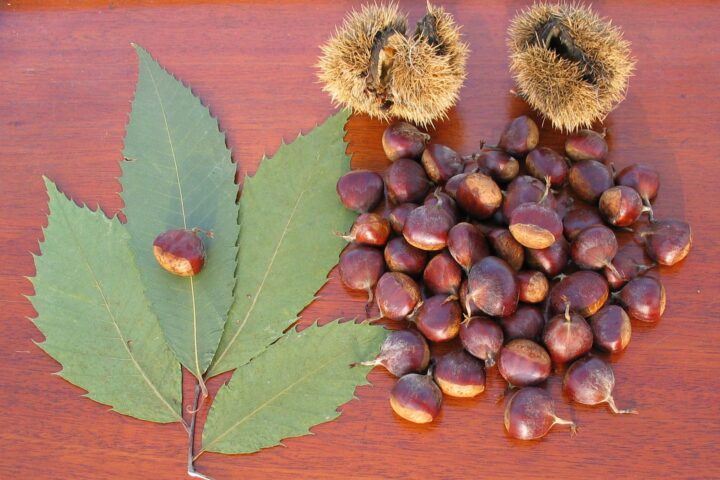Reposted article written by Dana E. Flowers, Penn State Extension on 7 September 2025
When John Kitz looks across his farm in Mount Pleasant Township today, he sees green pastures, cleaner water, and healthier cattle, a far cry from the knee-deep mud and eroding streambanks that once challenged his operation. Thanks to support from the Agriculture Conservation Assistance Program (ACAP) and the Westmoreland Conservation District (WCD), his family farm has become a model of what’s possible when conservation and agriculture work hand in hand.
A Partnership Rooted in Trust
John wasn’t new to conservation. Years earlier, he had worked with the district to install streambank fencing at another property. So, when staff noticed cattle wading in the stream and heavy erosion on his newly acquired land, they reached out.
“I knew it needed to be done,” John said. “I was doing a little bit at a time, but I would have never caught up. ACAP put us to the finish line. They knew what should be done, and they steered me straight the whole time.”
Chelsea Gross, non-point source manager for the WCD, recalled how quickly things fell into place: “As soon as we knew John owned the property, we approached him. He was willing to work with us right away, and he became our very first ACAP application in Westmoreland County.”
Tackling Mud, Erosion, and Water Quality
The project was ambitious and was Westmoreland County’s first ACAP project. With $107,600 in ACAP funding and $50,000 in match contributions, a suite of best management practices (BMPs) was installed, including:
- 2,400 feet of streambank fencing and 385 trees and shrubs for a riparian forest buffer
- A stabilized animal heavy use area to transform a muddy, manure-heavy lot into a dry, manageable space
- A stabilized stream crossing and livestock watering ramp to give controlled access to cattle, but without tearing up the banks
- Subdivision fencing for rotational grazing
- Spring development, a watering trough, subsurface drainage, and a grassed waterway to keep clean water flowing around sensitive areas
Prior to the project, the cattle had free access to the stream. “They would wallow and stand in the water, and the streambank would just erode,” John explained. After the project, “no mud whatsoever. The manure stayed where it belonged and could be put back on the fields instead of washing away.”
Benefits Beyond the Farm Gate
The improvements were immediate for John’s herd. “The health of the cattle is probably my main thing,” he shared. “They’re not expending energy in the mud. And for me, it’s peace of mind knowing I’m not contributing to a problem, I’m helping control it.”
But the ripple effects extend far beyond one farm. The project sits in Jacob’s Creek Watershed, classified as a cold water fishery. Cleaner water here benefits downstream communities, recreation, and wildlife all the way to the Ohio River and beyond.
“All of us need clean water,” said Allie Shreffler, agricultural conservation technician at WCD. “ACAP helps reduce nonpoint source pollution, whether it’s sediment, manure, or runoff, and every project makes a difference.”
Conservation and Agriculture, Side by Side
For John, the project proved that farming and conservation aren’t at odds. “You can have both, the cattle and the conservation together,” he said. “It’s the way it should be done.”
And he’s not stopping here. With the success at this farm, he’s already working with the district to replicate BMPs at his other properties.
A Call to Other Farmers
The Kitz Farm project shows what’s possible with ACAP: cleaner water, healthier livestock, stronger farms, and thriving communities.
As Allie encourages, “Any farmer can just call their conservation district. We’ll come out, walk the farm with you, and help get the ball rolling. The funding is there to help meet your farm’s unique needs.”
John agrees, “Without ACAP, I couldn’t have done it right. With it, we got it done and done right.”
Want to explore what ACAP can do for your farm? Contact your county conservation district today.





